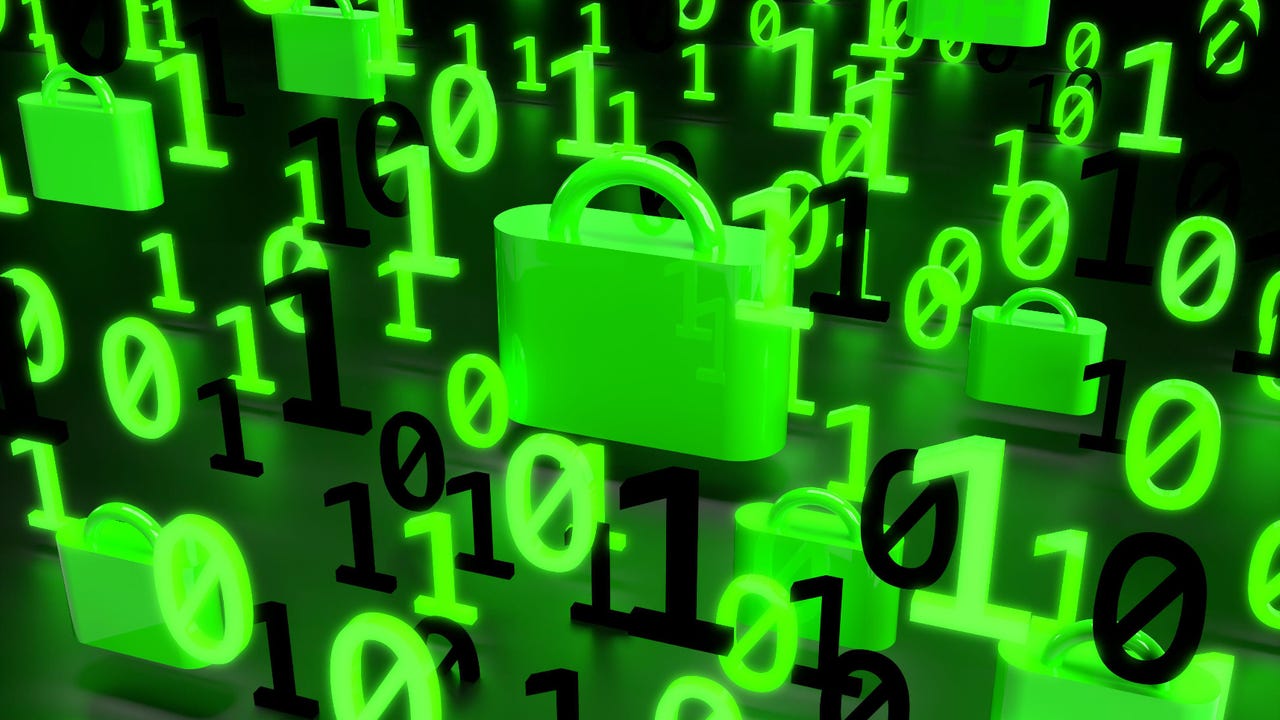Security-First Development
(2025-09-05T11:39.935Z)
Perplexity Query
(2025-09-05T11:39
.935Z)
Question:
Write a comprehensive one-page article about "Security-First Development".
Model: sonar-pro
Security-First Development: Building Robust Software from the Start
Security-First Development is an approach that embeds security as a core priority at every stage of software creation, rather than treating it as an add-on at the end. In an era marked by sophisticated cyber threats and increasingly strict privacy regulations, making security a foundational element of the software development lifecycle has become essential for organizations aiming to protect sensitive data, maintain customer trust, and stay compliant.

By adopting a Security-First Development mindset, teams deliberately integrate security practices—such as risk assessments, threat modeling, and secure coding—into each phase of the development process. Instead of waiting until software is nearly complete to check for vulnerabilities, developers address security requirements from the outset. This proactive stance is often formalized in frameworks like the Secure Software Development Lifecycle (SSDLC) and Security Development Lifecycle (SDL), which provide structured methodologies for integrating security checkpoints throughout planning, design, coding, testing, and deployment.
[mv2q4g]
[owr668]
[qx87ol]
For example, a fintech startup might use threat modeling early in the design phase to anticipate potential attacks targeting online payments, adjusting their architecture before writing a single line of code.
[mevsk2]
In practical terms, Security-First Development involves several key actions:
- Conducting threat modeling to foresee attack vectors, followed by secure coding practices during development.
For instance, a healthcare application designed under Security-First principles might build in encrypted communication, role-based access control, and automated scanning for vulnerabilities—all validated repeatedly before launch to comply with regulations like HIPAA.
[mv2q4g]
[947x1l]
The benefits are substantial:
- Reduced vulnerabilities and risk of breaches, protecting both organizational assets and users’ privacy.
However, adopting a Security-First approach is not without challenges. It often requires cultural change, ongoing security education, and close collaboration between developers and security teams.
[947x1l]
Keeping up with evolving threats and ensuring that security practices do not compromise development speed also remain key considerations.
[owr668]

Today, Security-First Development is gaining broad traction as organizations respond to the growing complexity of cyber threats, regulatory environments, and supply chain vulnerabilities. Major industries such as finance, healthcare, and government are leading adopters, with many integrating automated security tools and DevSecOps practices directly into their workflows.
[qx87ol]
Technologies like static code analysis, automated vulnerability scanning, and cloud-native security services are making it easier to embed robust protection throughout the development pipeline. Leaders in the space—such as Microsoft, Google, and specialized security consultancies—are increasingly promoting open-source tools and standards for secure software development.
[owr668]
Recent trends include the adoption of Secure Software Development Frameworks (SSDF) advocated by NIST, machine learning-assisted threat detection, and seamless integration of security testing into popular DevOps toolchains.
[mevsk2]
[qx87ol]
Open communication platforms and regular training sessions are also helping teams stay updated on the latest techniques to counteract emerging threats.
[947x1l]

Looking forward, Security-First Development will become an expected industry norm, reinforced by both market forces and legislative demand. As software permeates every aspect of daily life, organizations will increasingly adopt advanced security automation, real-time threat intelligence, and collaborative security platforms. The next wave will likely focus on AI-driven security, expanded regulatory requirements, and tighter integration with cloud-native architectures.
In summary, Security-First Development is about building secure, resilient software from the ground up by making security everyone’s responsibility. As the digital landscape evolves, embedding security throughout the software lifecycle will be critical in sustaining innovation and trust.
Citations
[mv2q4g] 2025, Sep 03. What is a Secure Software Development Lifecycle (SSDLC)?. Published: 2025-07-31 | Updated: 2025-09-03
[owr668] 2025, Mar 22. Security Development Lifecycle (SDL) & Best Practices. Published: 2025-03-21 | Updated: 2025-03-22
[mevsk2] 2025, Sep 01. Secure software development: Building better .... Published: 2025-01-10 | Updated: 2025-09-01
[947x1l] 2025, Sep 02. Custom Software Development: Security Considerations .... Published: 2025-07-17 | Updated: 2025-09-02
[qx87ol] 2025, Sep 05. Secure Software Development Lifecycle (SSDLC). Published: 2025-05-23 | Updated: 2025-09-05